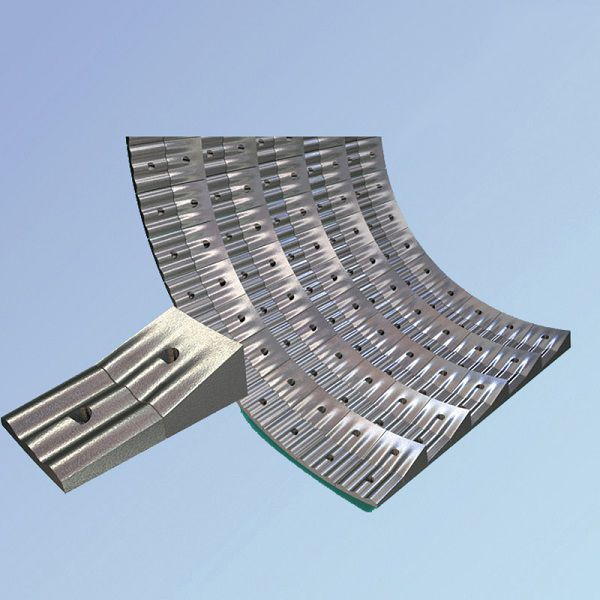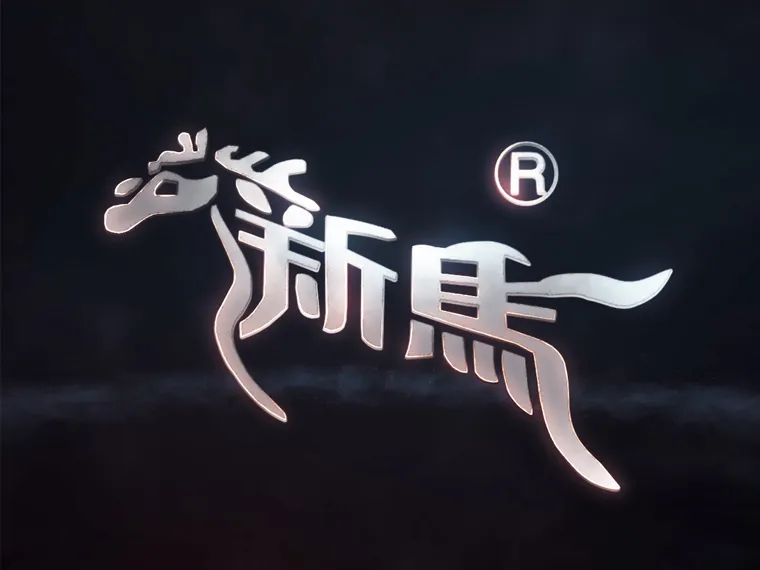Ball mill liners are essential components that protect the mill shell and optimize grinding performance. Choosing the right liner material is crucial for achieving efficient operations while minimizing maintenance costs. In this blog post, we will explore the different materials used for ball mill linings and discuss their unique benefits. By understanding the selection considerations, industries can make informed decisions to maximize productivity and enhance grinding efficiency.
What are ball mill liners made of?
Rubber Liners: Impact Resistance and Noise Reduction
Rubber liners are renowned for their exceptional impact resistance, wear resistance, and noise reduction properties. They effectively absorb vibrations, providing a smoother grinding process. Rubber liners are widely used in industries such as mining, cement, and chemical processing, where noise reduction and impact resistance are crucial.
Metal Liners: Durability in High-Impact Environments
Metal liners, typically made of steel, excel in high-impact grinding environments. With excellent wear and impact resistance, they ensure prolonged durability of the mill shell. These liners are extensively used in industries that employ heavy grinding media, guaranteeing optimal performance and reduced downtime.
Composite Liners: Combining the Best of Both Worlds
Composite liners offer a unique combination of rubber and metal properties. By bonding rubber to a metal backing plate, they provide enhanced impact resistance, noise reduction, and energy absorption. Composite liners are versatile and suitable for various applications, striking a balance between durability and performance.

Selection Considerations: Factors to Keep in Mind
When selecting ball mill liners, several factors should be considered:
1. Grinding Material: Different materials have varying levels of abrasiveness, requiring specific liner materials for optimal performance.
2. Operating Conditions: Mill speed, ball size, and temperature influence the choice of liner material. Understanding these factors is crucial for selecting the most suitable option.
3. Equipment Specifications: Understanding the mill's design and specifications helps in determining the most appropriate liner type. Consult the manufacturer's recommendations for guidance.
Understanding the materials used in ball mill liners is crucial for optimizing grinding performance and ensuring the longevity of the mill shell. We have explored the various types of liners, including rubber, metal, and composite options, each offering unique benefits in different operating conditions. By carefully considering factors such as grinding material, operating conditions, and equipment specifications, industries can make informed decisions to select the most suitable liner material for their specific needs.
If you're interested in learning more about ball mill liners and exploring our range of products, we invite you to visit our website. Our website provides comprehensive information about our high-quality liners, their manufacturing process, and their applications in various industries. We are dedicated to delivering exceptional products that enhance grinding efficiency and reduce maintenance costs.
Visit our website today to discover how our ball mill liners can optimize your grinding processes and improve productivity. Don't hesitate to reach out to our knowledgeable team for any inquiries or assistance. We look forward to serving you and providing innovative solutions for your ball mill lining needs.

